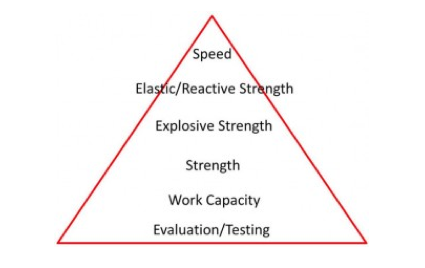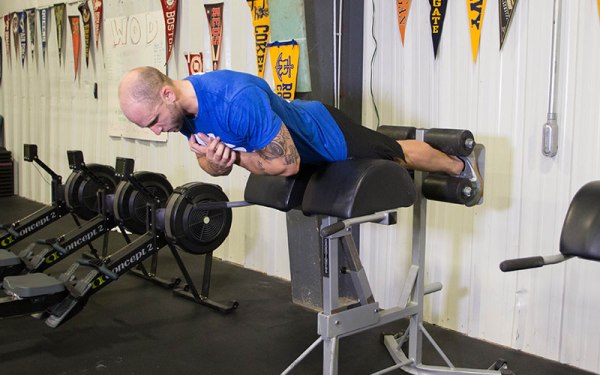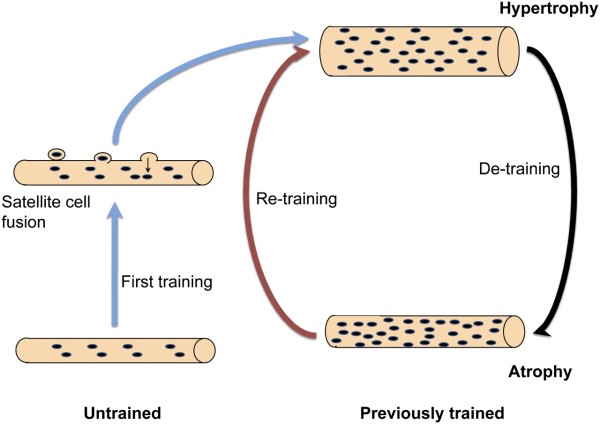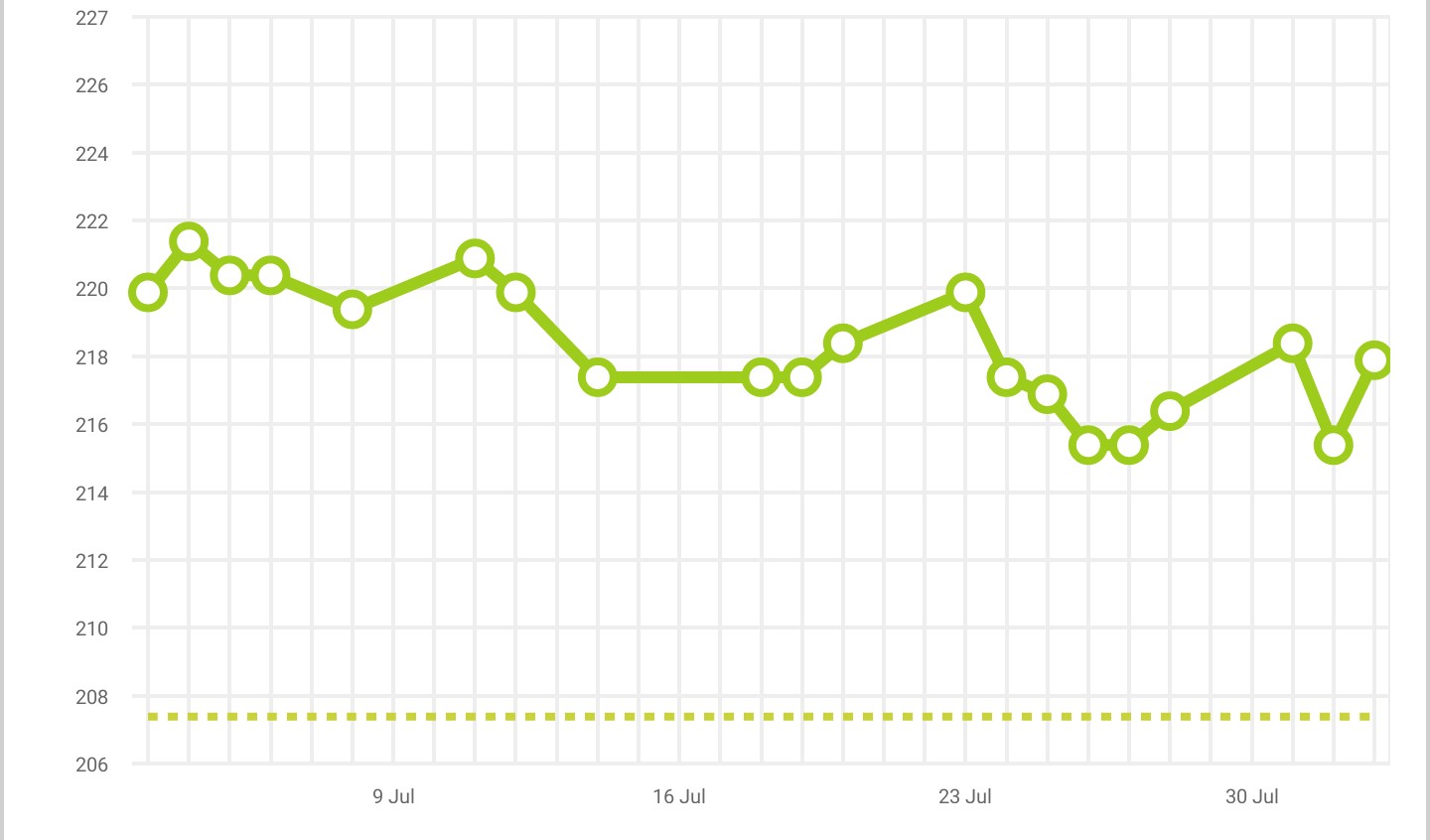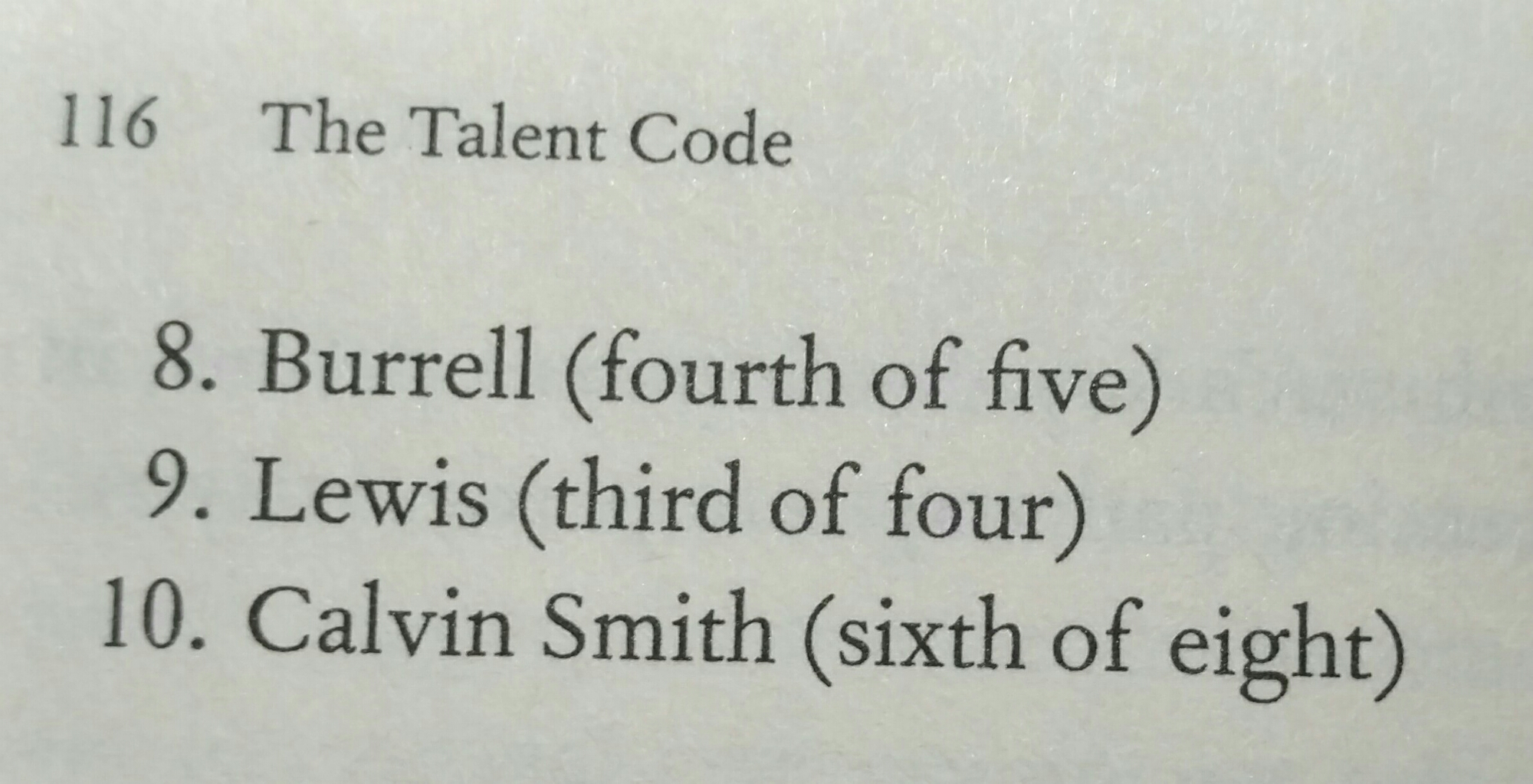Act 1
Pullups can be daunting.
If all you do to improve your pullups is more pullups, you do have a few options to increase your workload. You can try to increase reps per set, but the limit will be obvious. You can add more sets per session, but you’ve got other things to do, too. You can buy a pullup bar for your home and office and do pullups all day long. You can increase frequency, hitting pullups as often as every single day. All of these are great ideas…assuming you can do SOME decent pullups now.
For those who cannot do any pullups yet, most people do know the regressions (lat pulldowns, band pullups, machine-assisted pullups). For the fortunate few who excel at pullups, some folks might try their hands at adding resistance by way of chains and weights. For whatever reason, I think people tend to treat resisted pullups, bodyweight pullups, and assisted pullups as distinct exercises.
What I propose is that we start viewing all of the above as a continuous spectrum of resistance, and apply the exact same approaches we already know to work for every other strength exercise: Use their performance to find an estimated 1-rep max, use this estimated max to prescribe workloads that are appropriate to the rep ranges we would prefer to use for strength and hypertrophy.
What’s the alternative? Your high performers who can get 15-18 pullups keep spinning their wheels and never hit 20. Your low performers struggle to squeeze out 1-2 pullups, but let’s be honest, they probably jumped into the first one and the range-of-motion on the second one sucked, right? You know what I’m talking about.
Let’s take some case studies and see how they play out.
Say you have someone who CANNOT do a pullup. To make the numbers easy, let’s say they weigh 200 lbs. You hop them on an assisted pullup machine, set the assistance to 50 lbs, and they can hit 5 solid, full range-of-motion pullups. We can consider the resultant resistance to be about 150 lbs*, and use any estimated max formula we prefer. I tend to use the following:
e1rm = weight * reps * 0.0333 + weight
Careful with your order of operations, you’ll find that 150*5*0.0333 + 150 = 175, with very little rounding needed. So it makes sense that this person cannot do a pullup yet – chances are they could scarcely do one even with about 25 lbs of resistance.
Most of the time, we prescribe loads between 60-75%e1rm for hypertrophy and between 70-85% for strength**. As such, this athlete should likely spend most of their time training between 105 lbs and 150 lbs, or roughly 50 to 95 lbs of assistance. If you know your percentages and rep ranges like the back of your hand, you can know what to expect now, and you’ll find it plays out just like any other strength exercise. Prescribe something around 105 lbs (aka 60%e1rm, aka -95 lbs assistance), and you can expect them to easily get 10, maybe 15, maaaybe squeak out 20 if they’re really crushing their progress, and now you’re ready to go to a heavier weight. Or maybe you find they respond best to sets of 5-10RM – fantastic, just stick them in the 70-80% range, and let them have at it.
Once their e1rm gets to their bodyweight or above it, sure, they could probably squeeze out one pullup. But so what? That’s not a reason to just start them on bodyweight pullups – there’s no other exercise that we just ask people to walk into the gym and hit a 1rm cold. Keep training.
Next case study.
Lets say you get an athlete who can squeeze out a FEW pullups, but not many. Let’s say, for the sake of nice numbers, they’re 200 lbs and can get 5 reps.
200 * 5 * 0.0333 + 200 = 233.
In theory, this person could probably do a pullup with 33 lbs added! Pretty cool! But that doesn’t mean they should be training resisted pullups, or even bodyweight pullups. After all, their bodyweight is 86% of their e1rm. Again, there aren’t a whole lot of other exercises that we ask people to walk into a gym and start training at 85%e1rm. This person would likely be better served training between 140 lbs (60%e1rm, -60 lbs assistance) and about bodyweight, but bodyweight is the absolute top end of the spectrum here.
Moving on.
200 lb athlete. 10 reps.
E1rm is now 267 lbs.
60%e1rm is 160, or -40 lbs
85% is 227, or +27 lbs.
Bodyweight is 75%e1rm.
This is a person who probably benefits from some resisted pullups, some bodyweight pullups, and some assisted pullups for added volume.
Again, until I pointed this out, how many coaches and trainers would put an athlete who can hit 10 pullups on an assisted pullup machine ever?
200 lbs athlete. 15 reps.
E1rm 300.
60%e1rm is 180. We’re still using -20 lbs assistance on the low end.*
85% is 255, or +55 lbs resistance.
Bodyweight is only 67%e1rm.
Unless your goal is strictly hypertrophy***, this is a person who should probably be adding resistance frequently, because there aren’t a whole lot of exercises that we only train below 70%e1rm.
200 lbs athlete. 20 reps.
E1rm 333.
60% is 200, or bodyweight.
85% is 283.
Unless your goal is exclusively muscular endurance, you’re going to want to start adding some resistance.
Aside: If this is all sounding like a lot of math homework, I should mention that my athletes and I all use Teambuildr, a software that can automatically estimate 1rms using the above formula on the fly, as well as spitting out percentages rounded to the nearest 5 lb increment. This is absolutely not a paid ad, and so I’ll mention that there are plenty of other options, but I do like Teambuildr as a coach because of the wide range of functionality it provides me. If you’re working with clients, I do recommend finding a tech solution so that you can do these sorts of calculations more quickly, even automating the process. If you’re training on your own, you could accomplish something similar with a mildly-clever use of Microsoft Excel or Google Sheets, or lightening-fast fingers and a smartphone calculator.
Caveats:
*Admittedly, this is an oversimplification – your forearms are hardly moving through space, and don’t provide much resistance to anything other than perhaps your grip endurance.
**I’m not saying this prescription is optimal, maximal, or magical; that’s a discussion for another article. I’m just saying this is a decent industry standard, and it does get results.
***And, to be fair, with upper back training, often the goal in training IS strictly hypertrophy. But then why do we have so many people who can barely do 5 or 6 pullups training without assistance?
Act 2
Now buckle up, M. Night Shyamalan, because here comes the twist: we can use this same approach with chinups (duh), dips (okay, sure) and single-leg squats (oh wait, that actually is a novel thought).
Consider either Pistol Squats or Skater Squats. Again, I’m not here to start a debate on unilateral vs bilateral training (guys, it’s both) or whether pistol squats or skaters are better (sometimes I think we shout “IT DEPENDS” into the abyss and the abyss echoes back).
If you have an athlete who can easily crush 12-20 single-leg squats per leg, it might be appropriate to start adding load. But how much? If we only consider the weight of the implement when estimating a 1rm, we’ll notice that a 25 lb plate can be a LOT to add to a single leg squat (or a pullup, chinup, or dip). If we consider that most of the difficulty of these exercises is indeed the weight of the BODY itself, then we might realize that we should account for the weight of the body in the total resistance.
Now, you might ask if we could apply this same mentality to, say, back squats. After all, the weight of my trunk and legs does contribute to the difficulty of the exercise in a way that DOESN’T apply as much in a bench press.
First, before you embarrass yourself at a party, please don’t tell someone you have a 500 lb squat because you’re a 200 lb dude with a 300 lb squat. Absolutely do not do this.
However, some people will notice that there is a difference in our ability to perform sets to failure at a given barbell percentage on a squat vs the same percentage at a bench. If we WERE to account for the weight of the body in the squat (and not the bench), we might see this discrepancy go away.
I’d argue for simplicity’s sake, this is an approach we should only use for exercises where the weight of the body is the majority of the resistance. If you do happen to adopt this approach for closed-chain compound lifts, let me know how that goes for you! There’s no reason not to do it, and we’re already defying convention here. Just don’t embarrass yourself in my name.
Act 3
I’m not trying to reinvent the wheel here. Coaches and trainers have been prescribing regressions and progressions for ages – I just think this framework is a useful one when working with large groups of athletes, in order to prescribe individualized plans more efficiently and, hopefully, more effectively. Since I started using this with my athletes, I’ve seen a huge swath of athletes Level Up, going from doing zero pullups to hitting their first-ever honest-to-goodness pullups, from a few struggle-bus pullups to a few more decent ones, and from some pullups to many pullups. By no means is this randomized controlled double-blind trial, but I’d certainly be happy (and amused) to see someone (attempt to) design an RCT to put this idea to the test in an academic setting!
I don’t have a catchphrase (yet), so go forth, train hard, get better.
If you found this article useful, feel free to reach out! Always happy to hear from coaches and trainers who have used my ideas or have some thoughts of their own to share, or from athletes and clients who might be looking for help via correspondence coaching. I do offer individualized training plans via Teambuildr – I’ve had cookie-cutter templates in the past and I anticipate making more in the future, but right now most of what I’m offering is individualized training. If you’re interested, shoot me an email at coachstevebare@gmail.com – can’t wait to hear from you!
